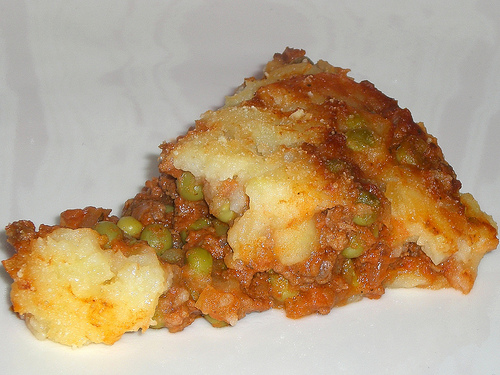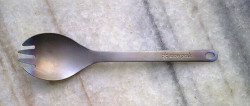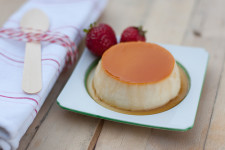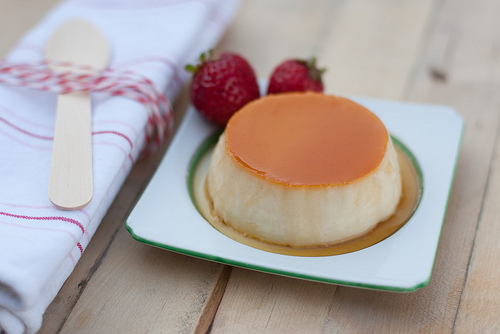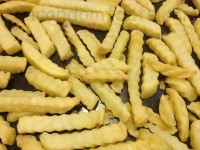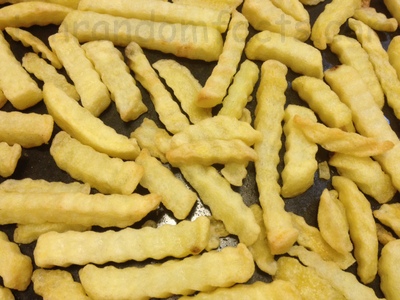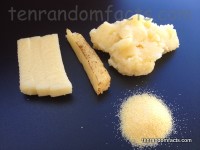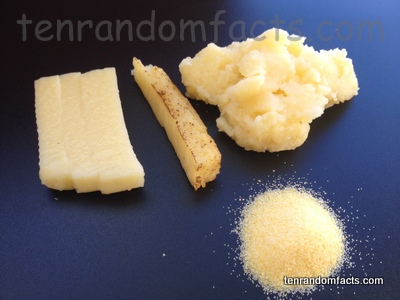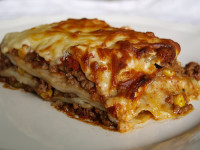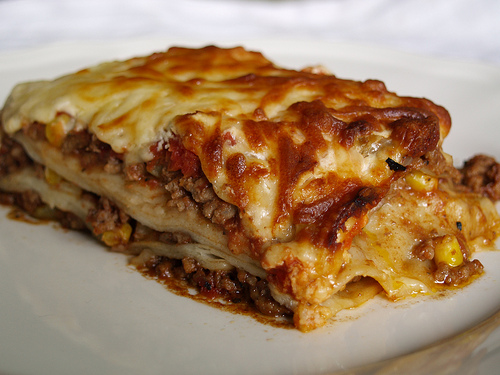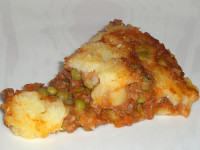
Steaming cottage pie around the candle lit dinner table is a very homey picture.
- Cottage pie is a pie that usually contains no pastry, and is made of meat filling, normally minced, and topped with potato.
- ‘Cottage pie’ is also known as ‘shepherd’s pie’, and ‘potato top mince pie’.
- Cottage pie is usually made with cooked and mashed potato, and cooked ground meat or meat chunks, with the addition of flavouring or sauce ingredients like tomato paste and beef stock.
- Historically, cooked meat from leftover meals was the most common meat used in cottage pies, and the container the pie was cooked in was often lined with mashed potato.
- The term ‘cottage pie’ was used in the 1790s and usually referred to a beef version of the dish, while ‘shepherd’s pie’ emerged in the 1870s in reference to a version using lamb or mutton.
Cottage Pie
Image courtesy of F_A/Flickr
- European peasants favoured cottage pie as a meal, due to it being economical and its ability to maximise food resources, that is, leftovers.
- The meat filling of cottage pie often has the addition of mushrooms, or vegetables like peas, carrots, celery, turnips, tomatoes and onion.
- The 1790s saw an influx in cottage pie, primarily due to the increase in potato availability, and an abundant variety of recipes exist for the dish.
- Once the cottage pie meat mixture and potato are cooked, the meat is placed in the base of a casserole dish, and spread with a thick layer of mashed potato, and baked in an oven for approximately 30 minutes.
- Some versions of cottage pie, such as Cumberland, use bread crumbs in addition to potato, while a ‘cowboy pie’ has the addition of baked beans to the meat mixture.
Bibliography:
Cottage Pie, 2015, Wikipedia, http://en.wikipedia.org/wiki/Cottage_pie
Cottage Pie, n.d, Hospitality Info Centre, http://www.hospitalityinfocentre.co.uk/British%20Dishes/Cottage%20Pie.htm
Shepherd’s Pie, n.d, Cook’s Info, http://www.cooksinfo.com/shepherds-pie





